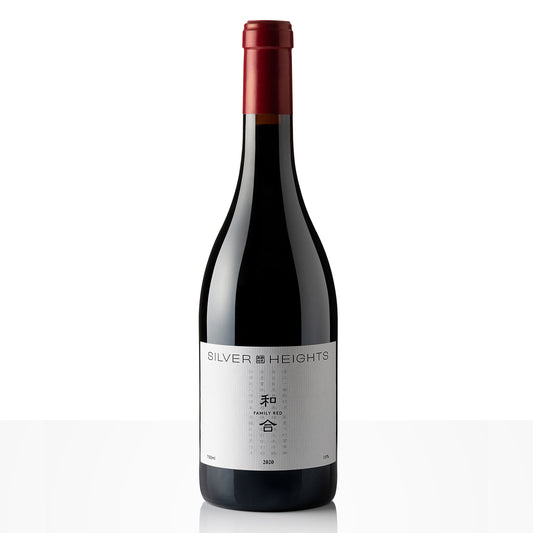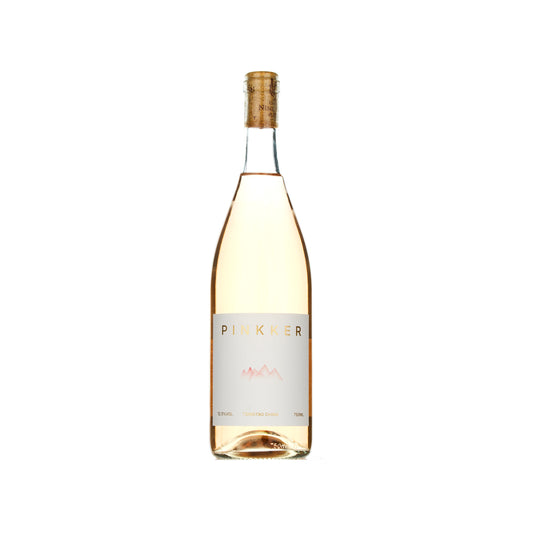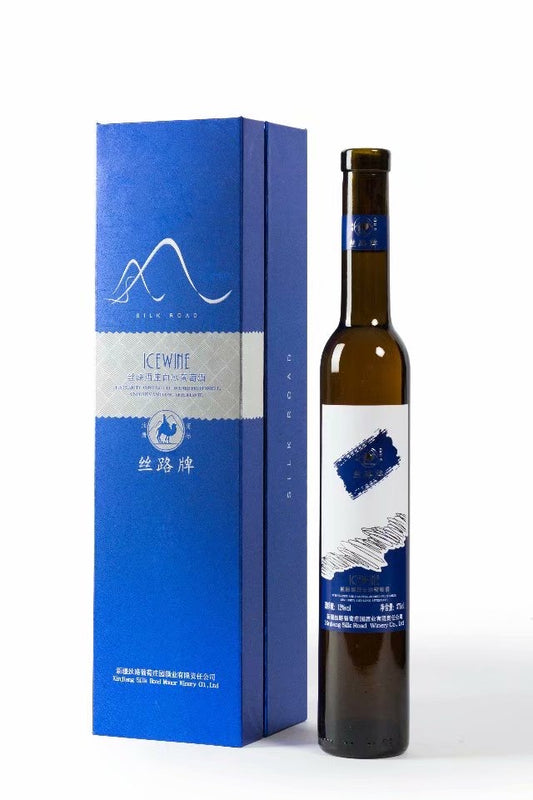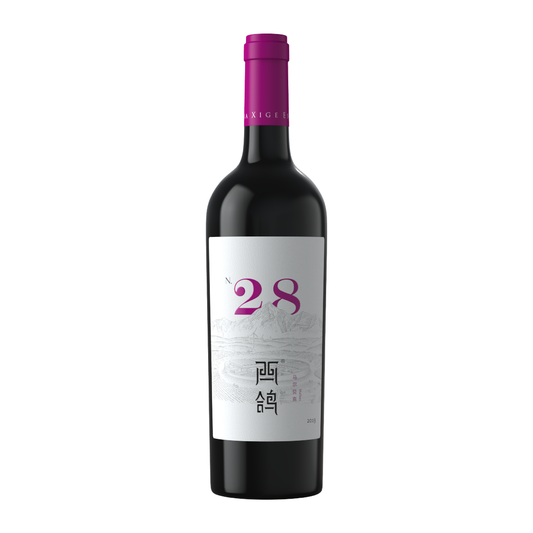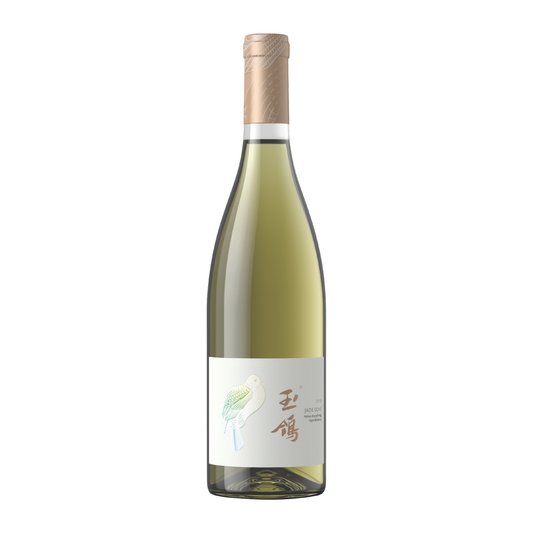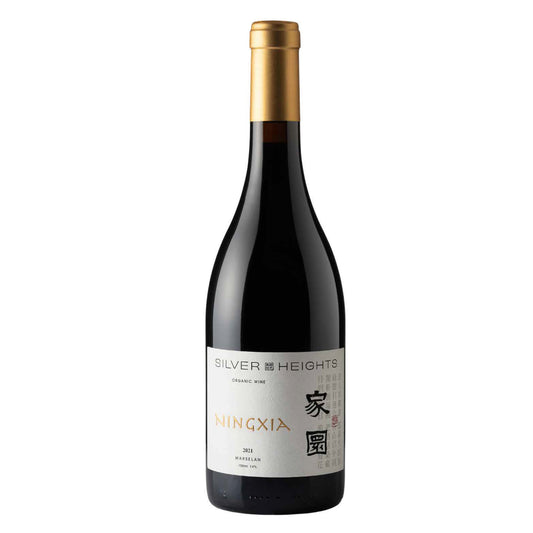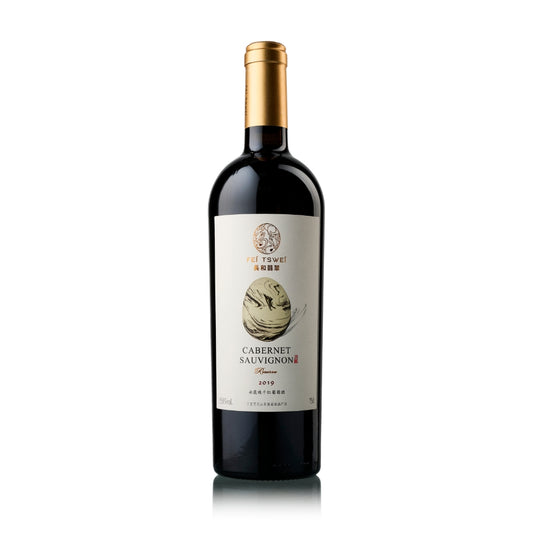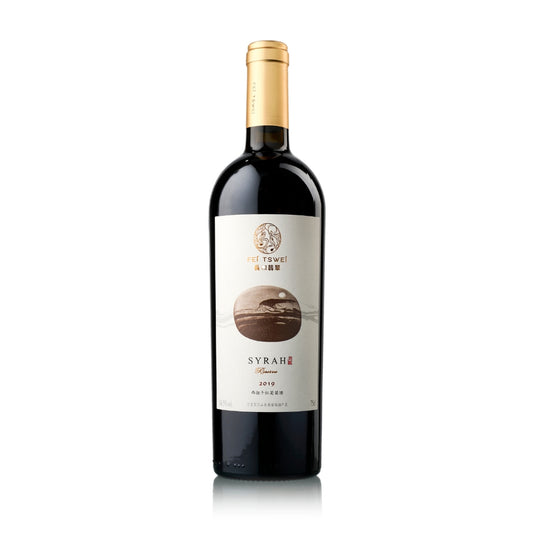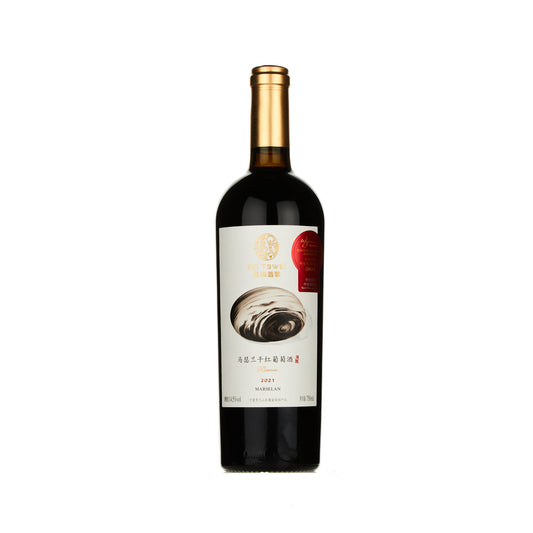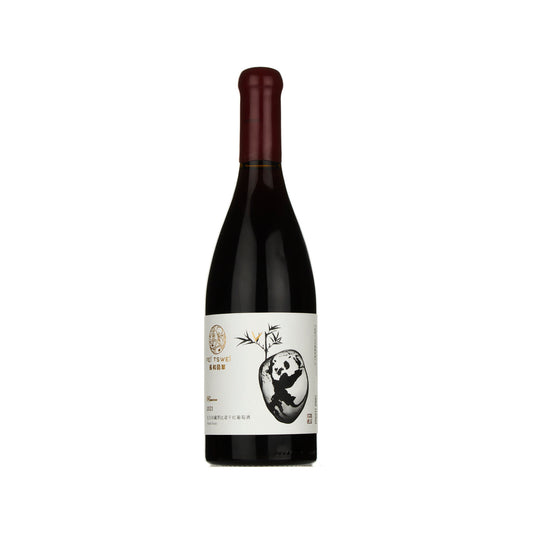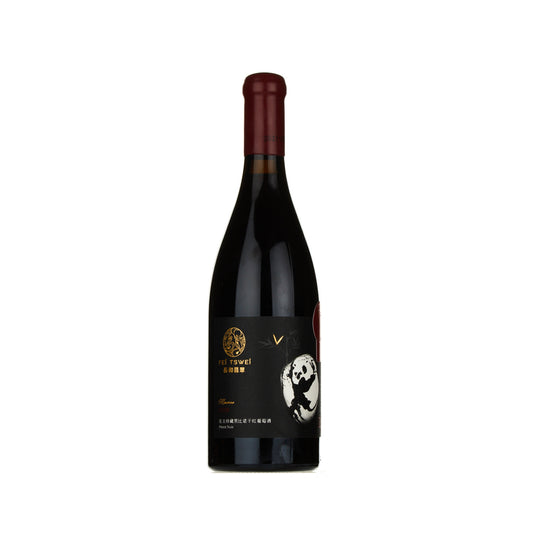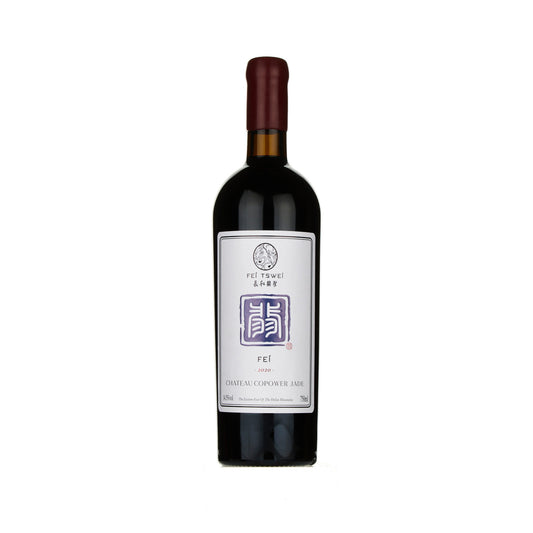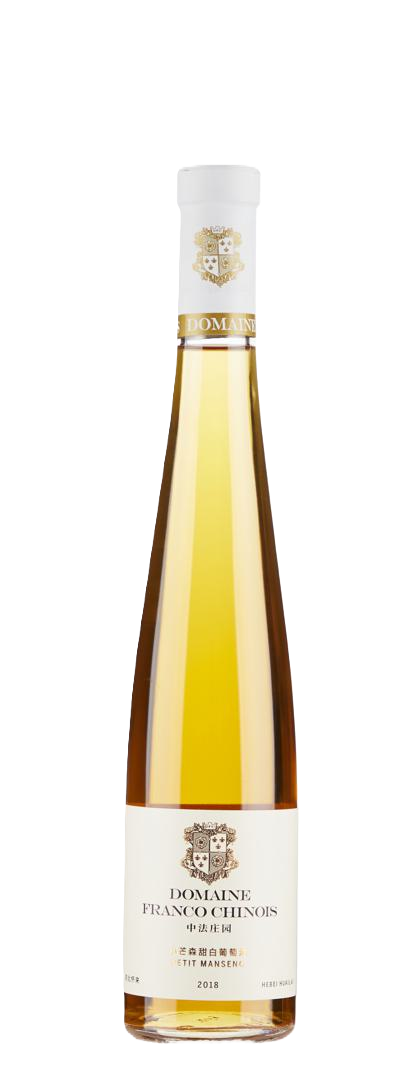Collection: All Wines
-

What may surprise many people, both inside and outside China, is that grape wine has enjoyed a very long history there in China. Sediments found in seventh-millennium BC Neolithic pottery at the Jiahu site in the central Yellow River plain suggest that wild grapes may have been used to produce wine since antiquity. The Records of the Grand Historian completed in the first century BC during the reign of Emperor Han Wudi, records cultivated grape varieties being introduced to China from the Western Regions (parts of today’s north-western province of Xinjiang and Central Asia). This is thanks to envoy Zhang Qian’s westward explorations at the request of the emperor, which resulted in the trade route we now know as the Silk Road. Emperor Han Wudi was very interested in cultivating vineyards within China’s Central Plain region, and even brought in winemakers from the Western Regions.
-
Excerpt from The Chinese Wine Renaissance: A Wine Lover’s Companion.
Fast forward to modern day China, the country has become a notable producer within a life-time. When the People’s Republic of China was founded in 1949, there were five legacy wineries producing around 2,000 hectolitres of wine. At the naissance of the ‘Reform and Opening Up’ (1978 onwards), state-owned wineries mushroomed to about 100 in number, producing around 64 thousand hectolitres of wine. The wine industry grew rapidly during the noughties through to the 2010s, leading to a peak between 2012-2017, when production reportedly reached over 13 million hectolitres (5th in the world), accompanied by frenzied predictions of future growth prospects. However, the trend has reversed subsequently.
Production has declined to around 4 million hectolitres by 2022. This dramatic drop is due to many factors. For one, past figures were inaccurate and changes in data gathering methods over time inevitably lead to revisions. While the over- all trends were indisputable, the gradients of ascent and descent were likely exaggerated. The drop in domestic production is in step with the decline in overall wine consumption as well as imports, exacerbated by the COVID-19 pandemic. Nevertheless, there were also positive factors contributing to lower production, including the consolidation of viable producers, and a move towards lower yield and higher quality.
-
Silver Heights Family Reserve Red 2020
Regular price £42.00Regular priceUnit price / per -
Fei Tswei Reserve Marselan 2019
Regular price £43.00Regular priceUnit price / per -
Chateau Nine Peaks Pinkker Rosé 2023
Regular price £29.00Regular priceUnit price / per -
Silk Road Vineyards Vidal Ice Wine 2017 (375ml)
Regular price £19.95Regular priceUnit price / per -
Xige Estate N.28 Cabernet Sauvignon 2018
Regular price £29.95Regular priceUnit price / per -
Xige Estate N.28 Malbec 2019
Regular price £29.95Regular priceUnit price / per -
Xige Estate Jade Dove White 2019
Regular price £26.35Regular priceUnit price / per -
Silver Heights Emma Reserve 2018
Regular price £125.00Regular priceUnit price / per -
Silver Heights Jia Yuan Marsalan 2021
Regular price £36.00Regular priceUnit price / per -
Fei Tswei Reserve Cabernet Sauvignon 2019
Regular price £45.00Regular priceUnit price / per -
Fei Tswei Reserve Syrah 2019
Regular price £43.00Regular priceUnit price / per -
Copower Jade Feitswei Reserve Marselan 2021
Regular price £125.00Regular priceUnit price / per -
Copower Jade Feitswei Reserve Pinot Noir 2021
Regular price £136.00Regular priceUnit price / per -
Copower Jade Feitswei Reserve Pinot Noir 2020
Regular price £136.00Regular priceUnit price / per -
Copower Jade Feitswei ‘FEI’ Dry Red Blend 2020
Regular price £136.00Regular priceUnit price / per -
Domaine Franco-Chinois Reserve Petit Manseng 2018
Regular price £75.00Regular priceUnit price / per


